I have personally learned so much about Melasma over the last 15 years...
My wife has struggled with it since her mid-thirties, and in that time she has tried every type of treatment you can imagine to get it under control.
With that, I have gained insight not only from her experience, but also the countless other struggling patients that have come into my office wanting help to get rid of their Melasma.
So I would like to share with you what I have learned along the way about what causes Melasma, what treatments are available, and what I believe to be the optimal ways to help manage it successfully.
What Is Melasma?
Melasma, is a skin condition that leads to darker patches on the skin due to an excess production of melanin. This hyperpigmentation primarily appears on the face--cheeks, forehead, chin, bridge of the nose, and above the upper lip--but can also affect other sun-exposed areas like the neck and arms. While Melasma is typically aesthetic with no physical discomfort, it can negatively impact individuals' emotional well-being due to its visible nature and unpredictability.
Melasma can affect every skin type, at any age, but it is most prevalent among women. And while Melasma's causes are not fully known, it is most commonly linked with hormonal changes--that could be a result of internal hormonal changes, for example, pregnancy or menopause, or it can also come from external hormonal changes, like birth control or other medications. Additional causes of Melasma can be due to genetic predisposition, sun exposure, certain products that cause abrasion to the skin, and even stress can exacerbate Melasma. Despite being a long-term condition, with the right management and treatment strategies, its visibility can be reduced effectively.
Why does Melasma occur?
Melasma is occurring on a cellular level. We have cells in our skin called melanocytes, and these melanocytes produce melanin, which is what gives pigment to our skin. For example, when we expose our skin to the sun, our melanocytes increase melanin production to protect our skin from UV damage. By elevating the melanin in your skin, it gives your skin a darker color, and in an ideal scenario, this increase in melanin equals a nice golden tan. With Melasma, however, these melanocytes become hyperactive due to various triggers, and overproduce an abundance of melanin that then moves upward through the layers of the skin and accumulates in the dermis and epidermis; this leads to dark patches and large spots forming on the top layer of skin. These distinct patches are what differentiate Melasma from typical sun damage or hyperpigmentation, which tends to be more dispersed and spotty.

Options for Managing Melasma
You have probably heard about a lot of different types of treatments for Melasma, but while there are some helpful things you can do to manage your Melasma, there are also some treatments that can inadvertently make Melasma worse, so it’s important to discern your options and figure out what may or may not work for you.
Let’s go through some of the most common options and discuss the benefits and potential pitfalls of each, and help you determine what could work best for your personal treatment plan.
01.
Sun Protection
Protection from the sun is crucial in managing Melasma. This is the most important recommendation I can make. You need to diminish the stimulation of those melanocytes before melanin is produced, and ultraviolet (UV) radiation is known to intensify skin’s pigmentation.
Use a broad-spectrum sunscreen, protecting against both UVA and UVB rays, with a Sun Protection Factor (SPF) of at least 30. Make sure to apply it generously and reapply every two hours or more often if you're sweating or swimming.
Wear wide-brimmed hats, sunglasses, and clothing that covers your skin as much as possible. Try to avoid sun exposure between 10 a.m. and 4 p.m., when the UV rays are strongest.
02.
Topical Treatments
Topical treatments can be beneficial in managing Melasma, by addressing the top layer of skin and the melanin harbored within those cells. Topical treatments can range from application of creams to microneedling, but you want to make sure if you are treating the Melasma topically, you are picking a long-term solution and not only that will only benefit your skin temporarily.
For example, hydroquinone is a perscription-strength cream that works to suppress production of melanin by way of the melanocyte. However, it is not a reliable, long-term solution, because it can only be used for a few months at a time. It is crucial to use hydroquinone under the guidance of a dermatologist, as it could have side effects and may not be suitable for all skin types.
I prefer non-hydroquinone alternatives, like Retinol, Vitamin C and ingredients like botanical lighteners, because they suppress melanocytes while also safe enough to be used long term. Azelaic Acid or Kojic Acid are also good alternatives, because they can be less irritating for some people than some of the stronger active ingredients, but also help to slow melanocytes and therefore the production of melanin.
Not only do they suppress melanin while also being safe enough to use long-term, but these active ingredients have an added benefit of aiding in collagen production, so they are anti-aging components and therefore beneficial to your overall skin health.
03.
Diet & Lifestyle Changes
If you are on certain medications that affect your hormones, you have to make a choice: to either stay on the medication and work to suppress the Melasma using other products or treatments, or stop the hormonal-based treatments leading to your Melasma and treat the underlying cause, but this is obviously a personal decision. If you continue with the hormonal medications, there are other things you can try to help fight your Melasma.
A diet rich in antioxidants and anti-inflammatory foods can support overall skin health and help manage Melasma. Include foods with Vitamins A, C, and E, which can help repair skin tissue and protect against damage. Foods rich in omega-3 fatty acids, such as fatty fish, walnuts, and flaxseeds, can also benefit the skin.
Stress management is another important aspect of managing Melasma, as stress can trigger hormonal imbalances that may exacerbate the condition. Incorporating stress-reducing activities, such as yoga, meditation, regular exercise, or other relaxing hobbies, can be beneficial.
Quitting smoking is also advised, as Nicotine can affect the blood vessels in the skin and exacerbate Melasma. Drinking alcohol in moderation, staying well-hydrated, and getting enough sleep are other important lifestyle factors to consider.
04.
Lasers and Chemical Peels
Laser and light treatments, such as Intense Pulsed Light (IPL) or fractional laser resurfacing work by targeting the melanin in the skin, which causes it to break down and allows the body to remove it naturally.
Similarly, chemical peels work by removing the upper layer of skin that houses the melanin particles, and as the skin sheds, it removes with it the unwanted melanin causing the dark patches.
However, both of these treatments are primarily focused on the top layer of the epidermis, and unfortunately, are not actually treating the source.
If IPL is used by a provider who thinks they are treating hyperpigmentation, but it’s actually Melasma, it can wreck havoc on your skin. These treatments must be performed by a trained professional who knows how to differentiate between skin conditions, and you may require multiple sessions for optimal results.
While lasers or chemical peels can be effective in some instances, like for sun damaged individuals, they also come with downtime and discomfort.
These particular treatments are not my favorite option for Melasma. You run the risk of certain lasers or peels potentially making your condition worse, from post-inflammatory pigmenting of the skin, heat triggering a flare-up, or even sensitivity to sunlight post-procedure. All of those can set Melasma on fire and place you back to square one.
However, lasers and chemical peels may work for some, or could be beneficial when combining these types of treatments with other solutions that are working on a deeper, cellular level.
I find treating Melasma at the source with active ingredients a much more effective treatment. But, if you're exploring these options, please proceed with caution and partner with a provider you trust.
Living with Melasma
Sun protection is essential, and if you can only do one thing, this is it.
No matter what else you do, if you are not protecting yourself from the sun, you will not be able to get rid of your Melasma.
My wife’s Melasma has never looked better, and that’s because she adopted a sun-protective lifestyle: mineral based/zinc sunscreen like EltaMD, wide brimmed hats and UV protection for the face.
In addition to that, she uses the Trifecta, which contains many important components needed for a long-term melanin suppression.

While laser or light treatments can provide effective results with multiple sessions, they also have high cost - time, money, and running the risk of worsening your condition.
Hydroquinone may help to stop the melanocytes from producing more melanin, but this is only a temporary solution, and I highly recommend using Non-hydroquinone topical treatments instead.
If you are suffering from Melasma due to hormonal medications or genetic predisposition, diet and lifestyle changes can help to counterbalance the Melasma and promote overall skin health.
Living with Melasma can be a challenge, but with consistent care and attention to detail, it is possible to reduce the appearance of Melasma and achieve clearer skin.
While it cannot be cured completely, there are measures that can be taken to manage the symptoms, in order from my most preferred to least recommended:
Melasma Treatment Options:
- Sun protection is the upmost important key to managing your Melasma.
- Non-hydroquinone topical treatments like various skin brighteners found in our Trifecta.
- Kojic Acid or Azelaic Acid which can be found in our Polish Exfoliating Powder.
- Retinol is great not only for pigmentation, but for anti-aging as well, and can be found in our Illuminate Anti-Aging Skin Cream.
- Vitamin C is excellent for overall skin tone, and is the powerhouse ingredient in our Quench Vitamin C Serum.
- Adjusting hormonal medications is a personal choice, but can also be counterbalanced with lifestyle choices.
- Lifestyle modifications like focusing on adequate hydration and reducing stress, while also avoiding triggers like nicotine and alcohol.
- Hydroquinone should only to be used as temporary relief to jumpstart reduction in melanin but not to be used long-term.
- Chemical peels or microneedling are only treating the top layer of skin and not getting to the source.
- Lasers and light therapy are not my favorite Melasma treatment but may be useful for those with hyperpigmentation due to sun damaged skin.
Trifecta's Active ingredients
When I created the Trifecta, my intention wasn’t to necessarily fight Melasma, but many have found it has helped lighten the dark patches on their skin.
Trifecta includes many of the topical elements mentioned: botanical skin brighteners like Licorice Root Extract, Azelaic Acid, and other active ingredients like Vitamin C and Retinol, which help control melanocytes activity and treat Melasma at the source.
The Trifecta makes it easy to stay consistent with your treatment, and paired with diligent sun protection, it is possible to keep Melasma under control and achieve clearer skin.
Remember that everyone’s skin is unique so what works for one person may not work for another - but there are options available. With the right approach, it is possible to manage Melasma and enjoy clear, healthy skin once again.
With the right approach, it is possible to manage Melasma and enjoy clear skin once again.

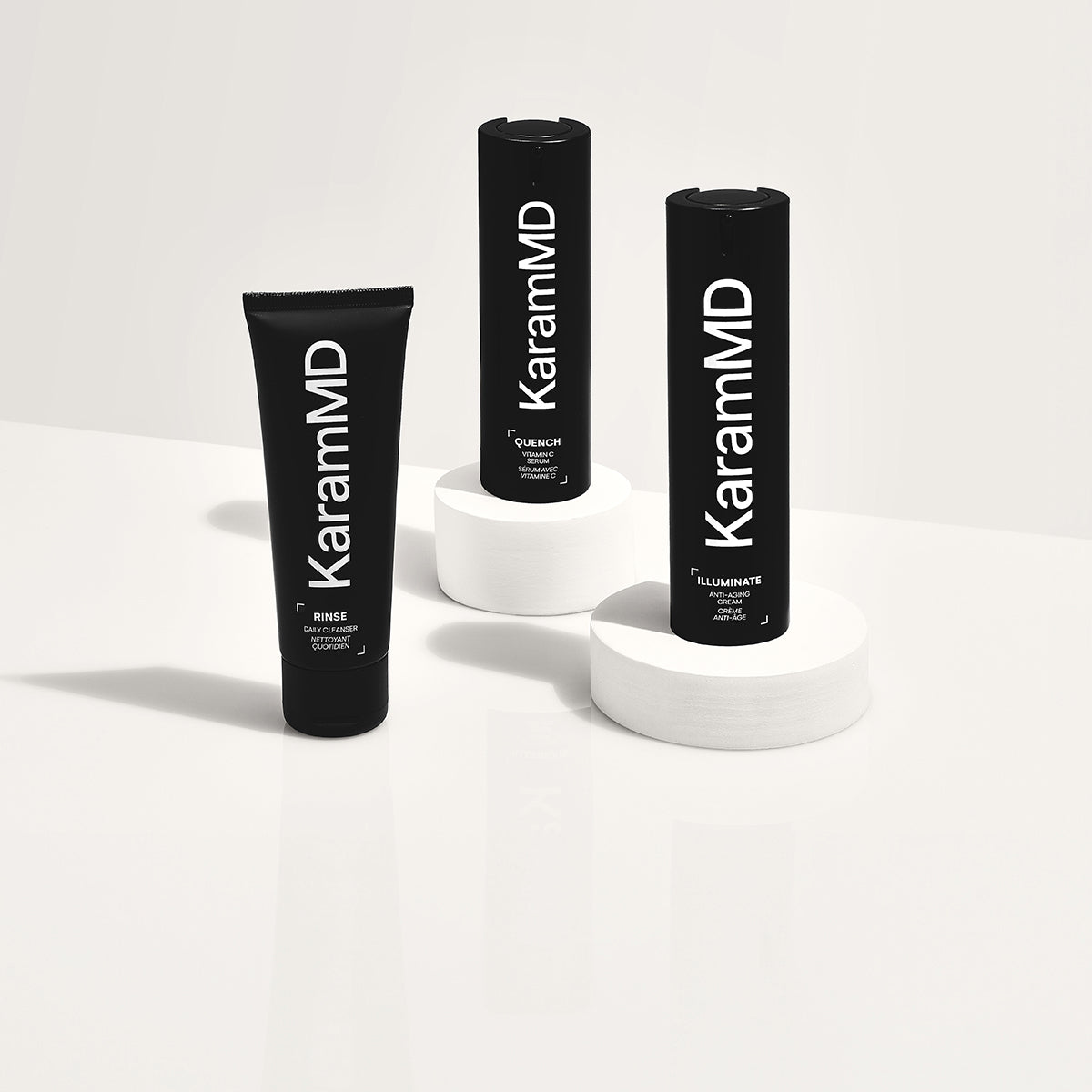
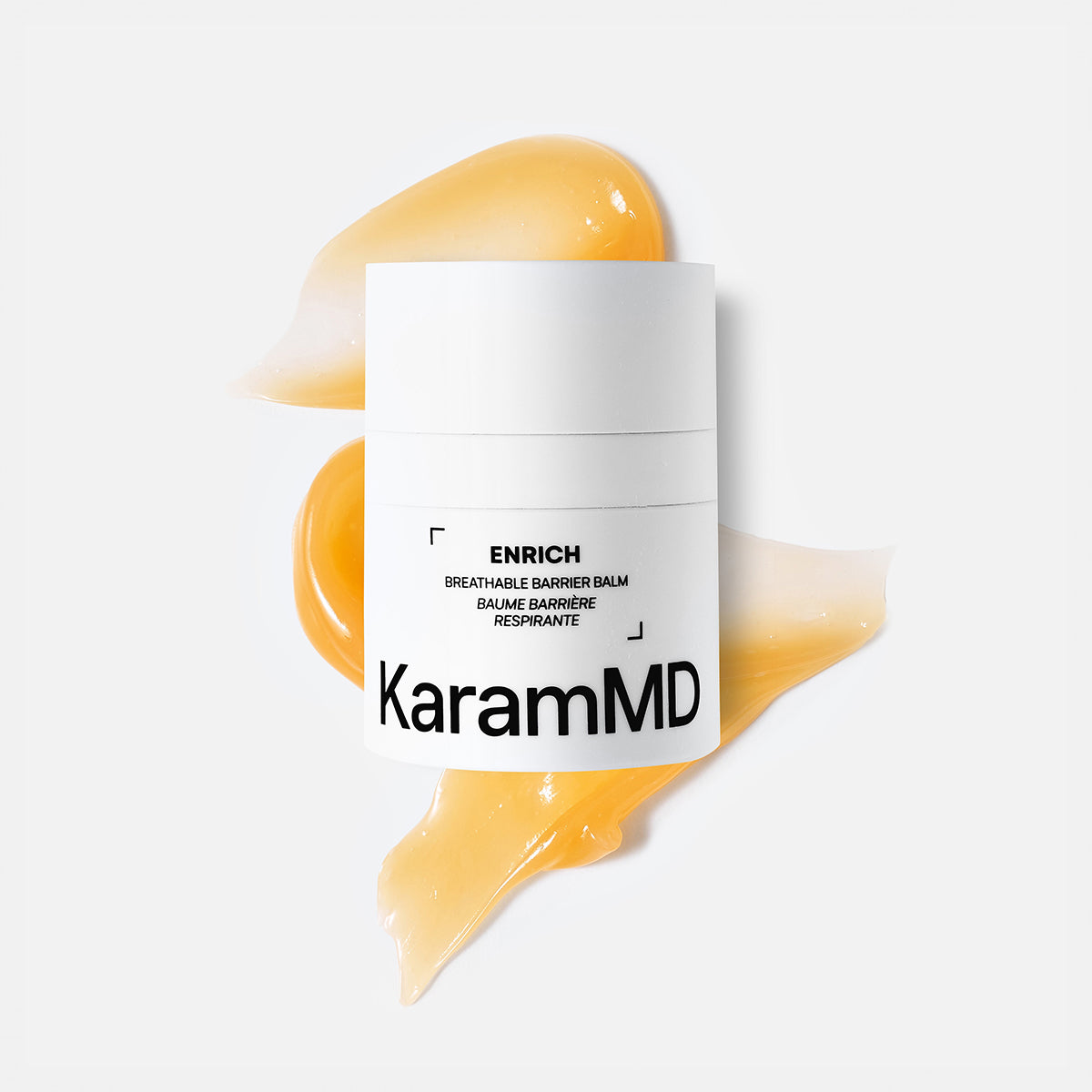
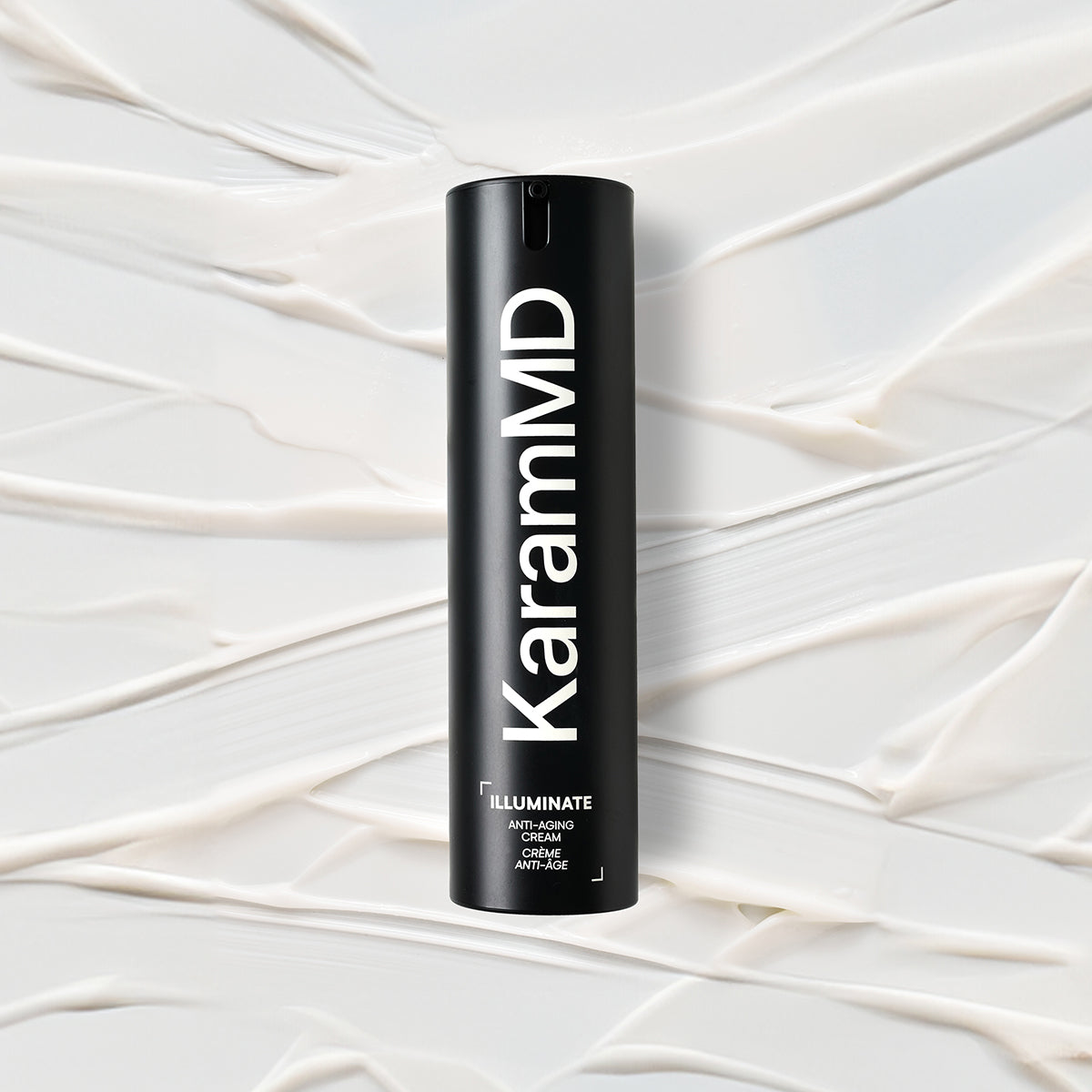
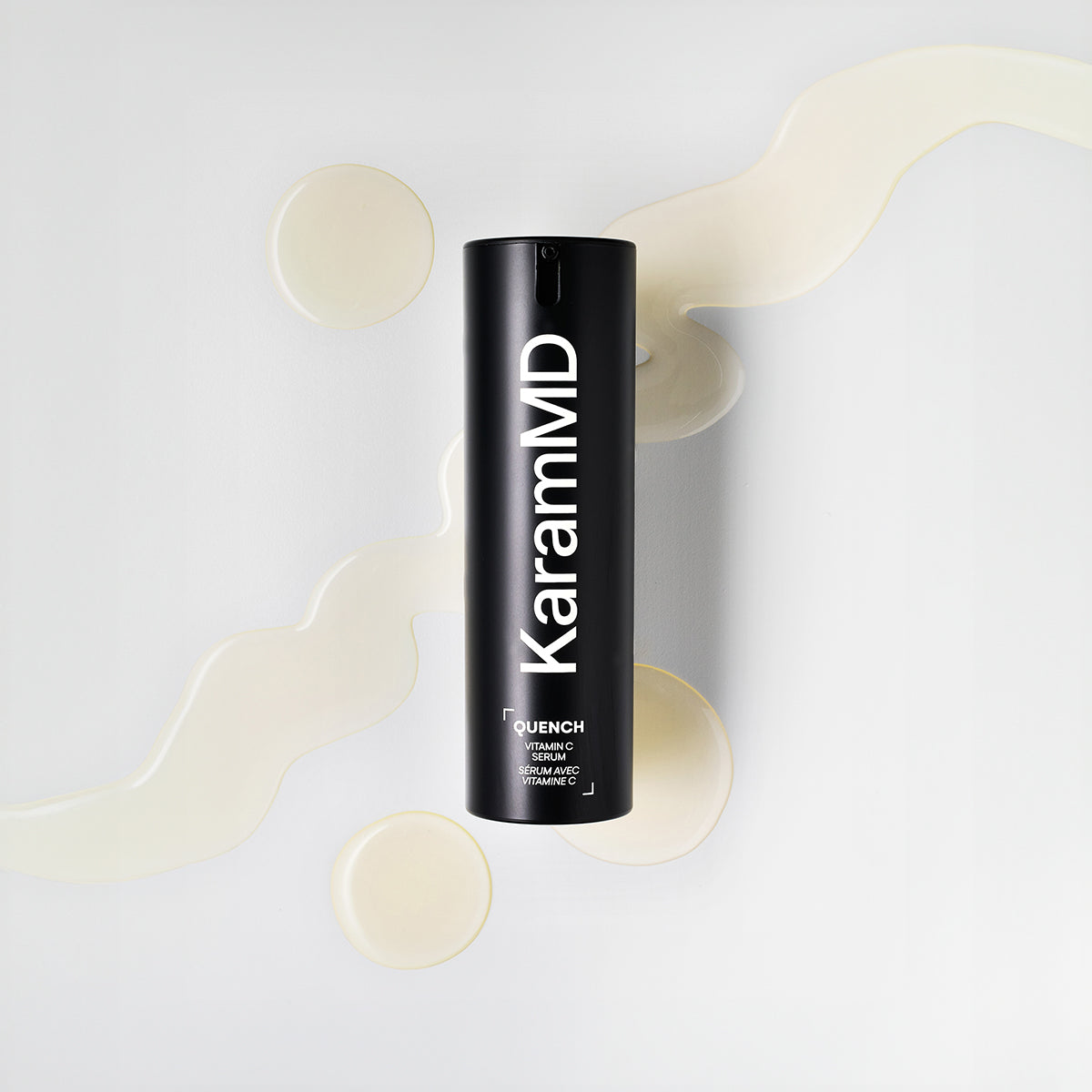
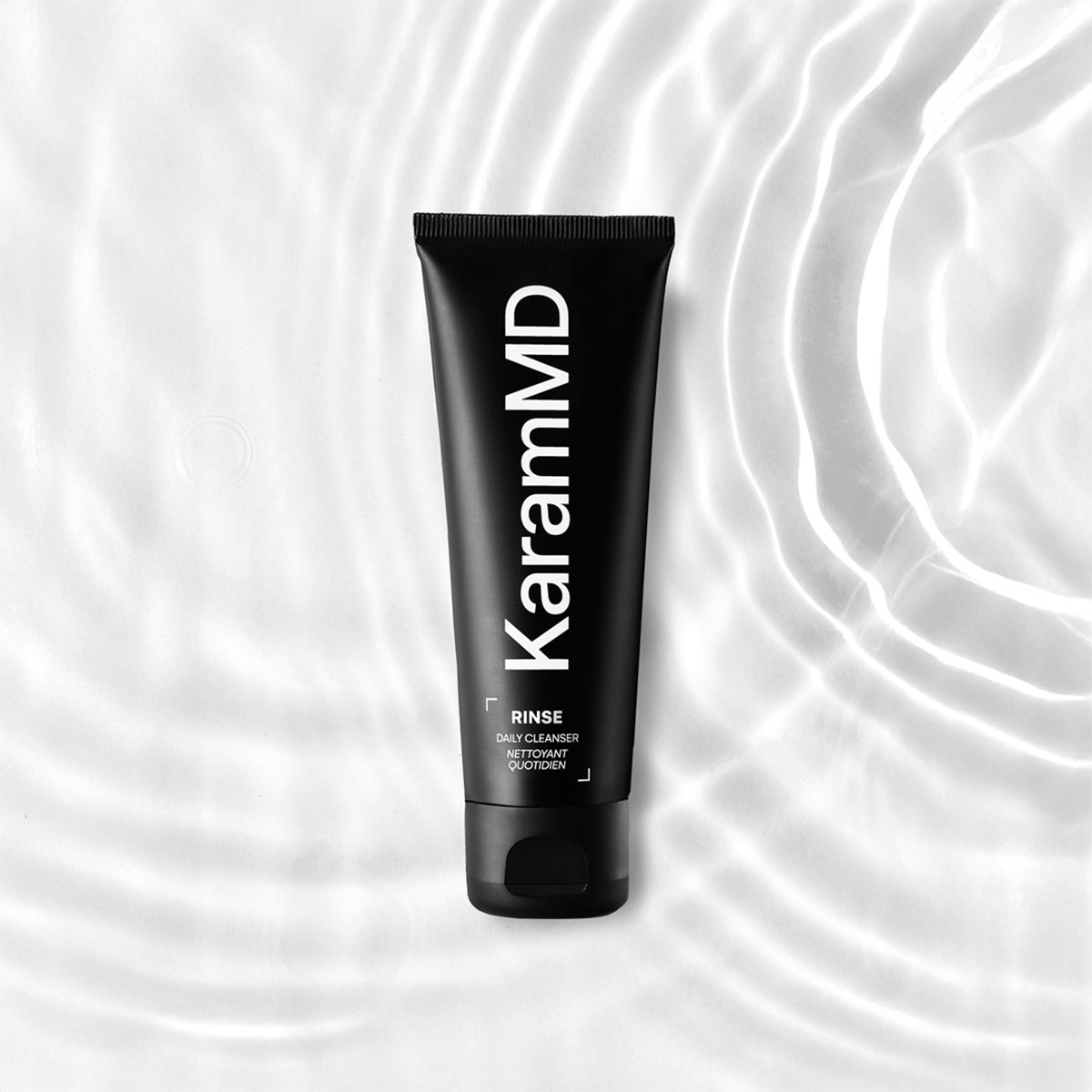
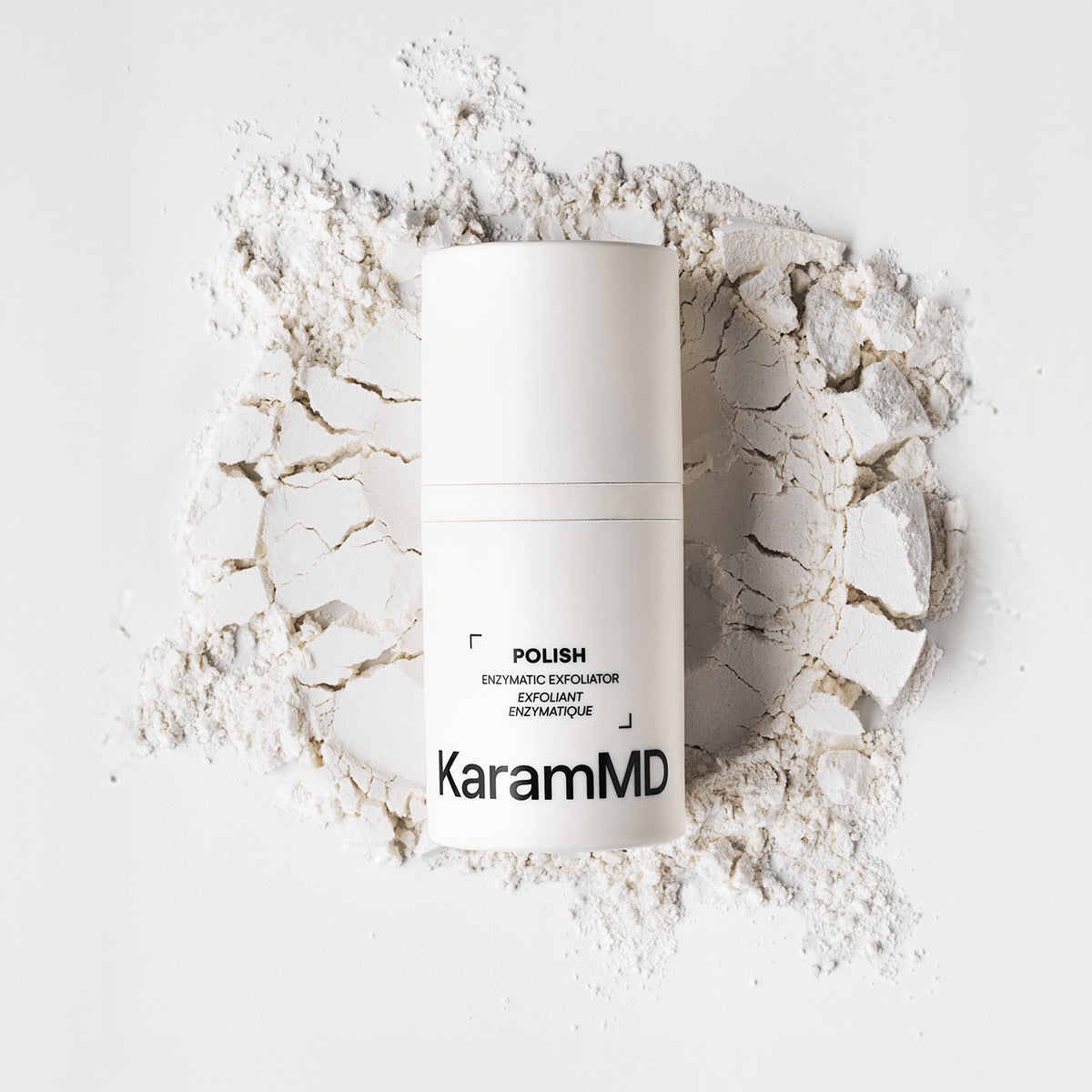
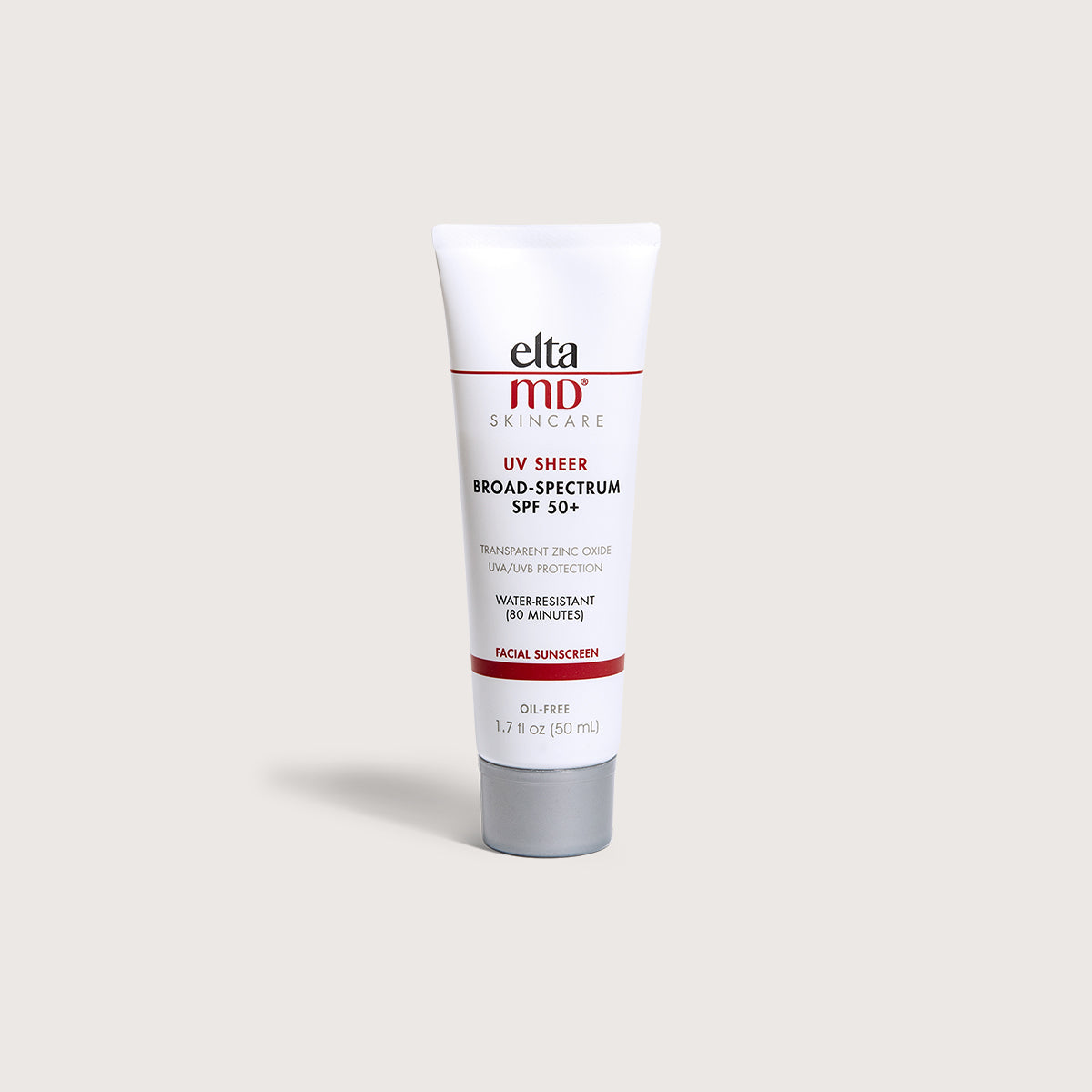
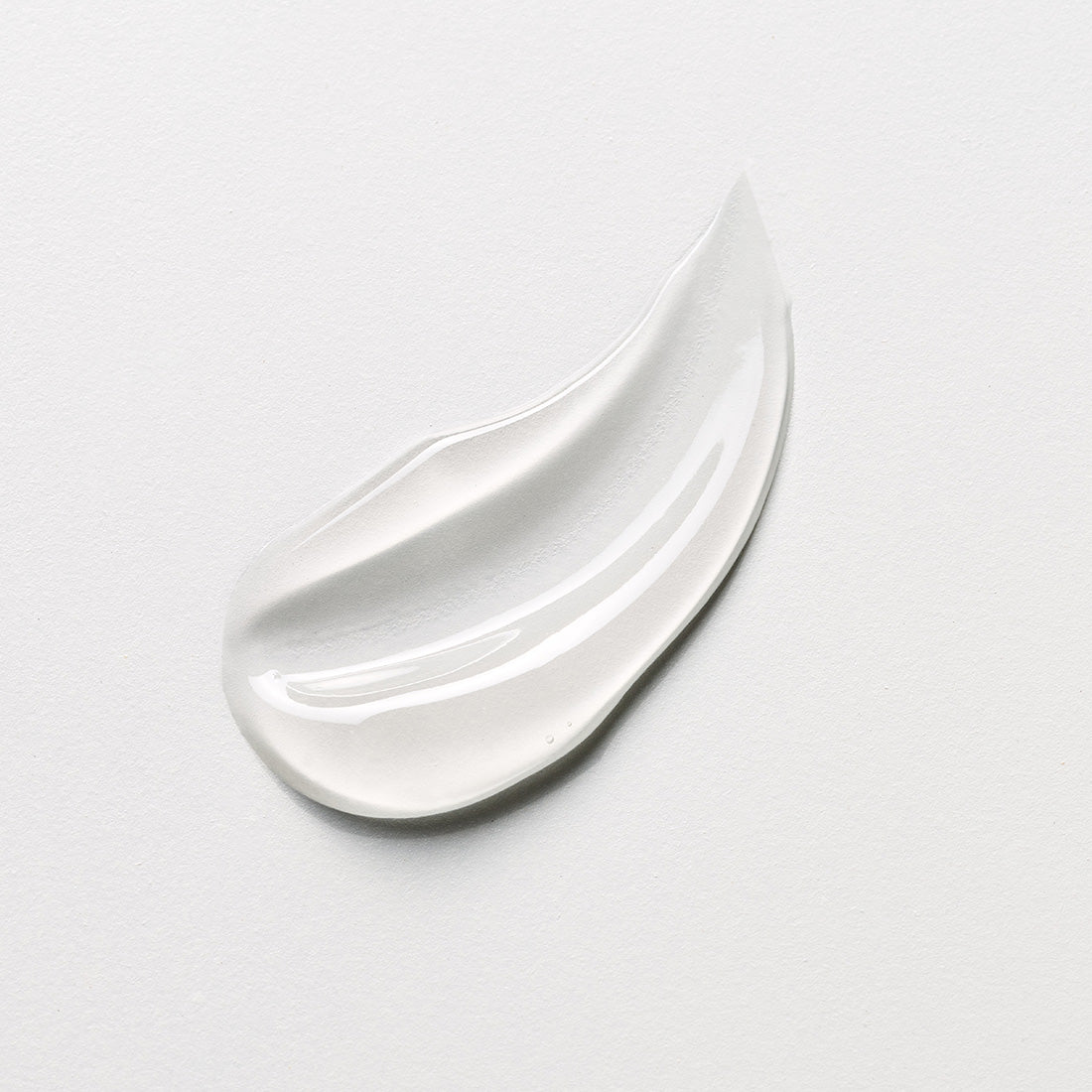
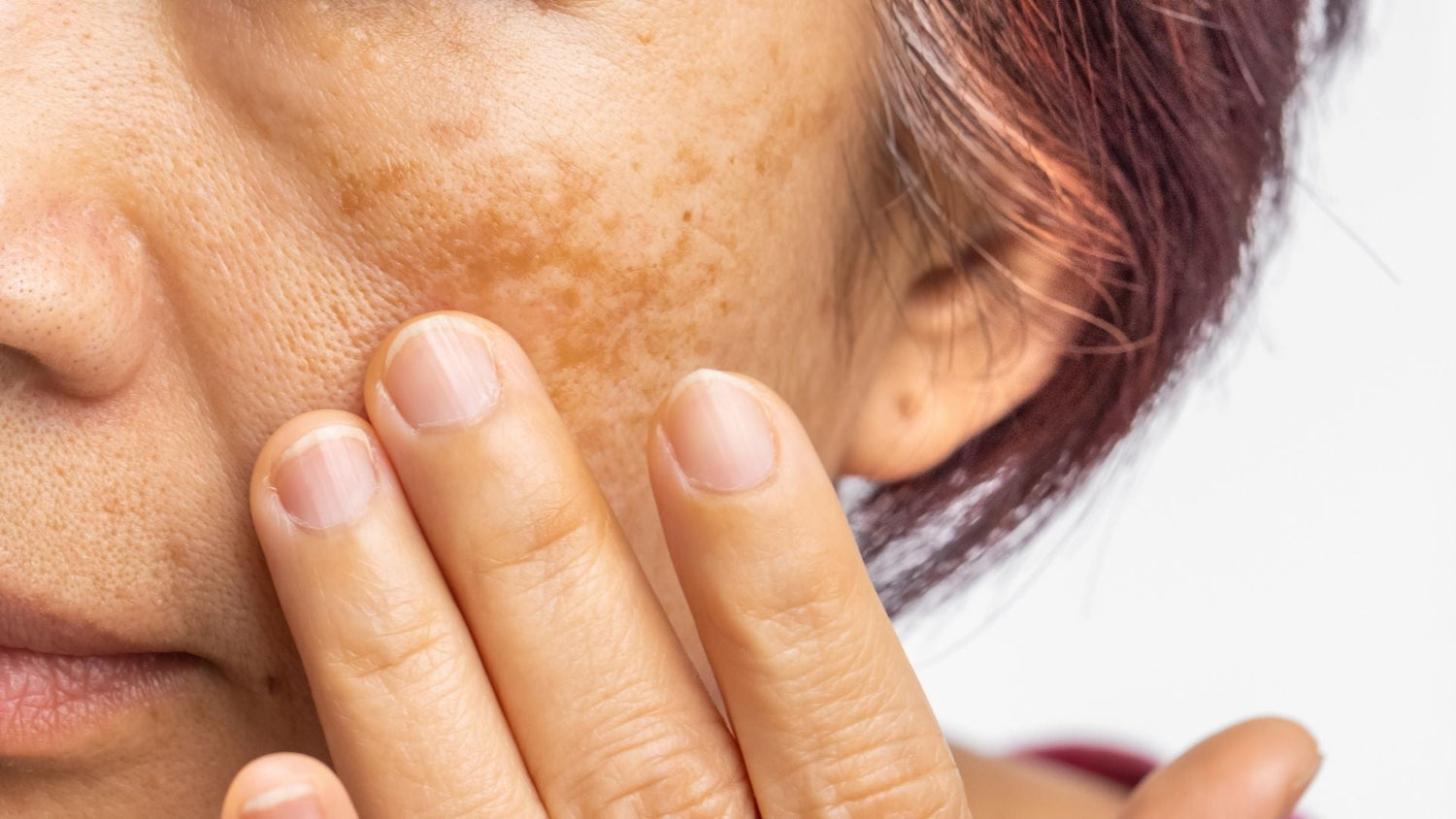






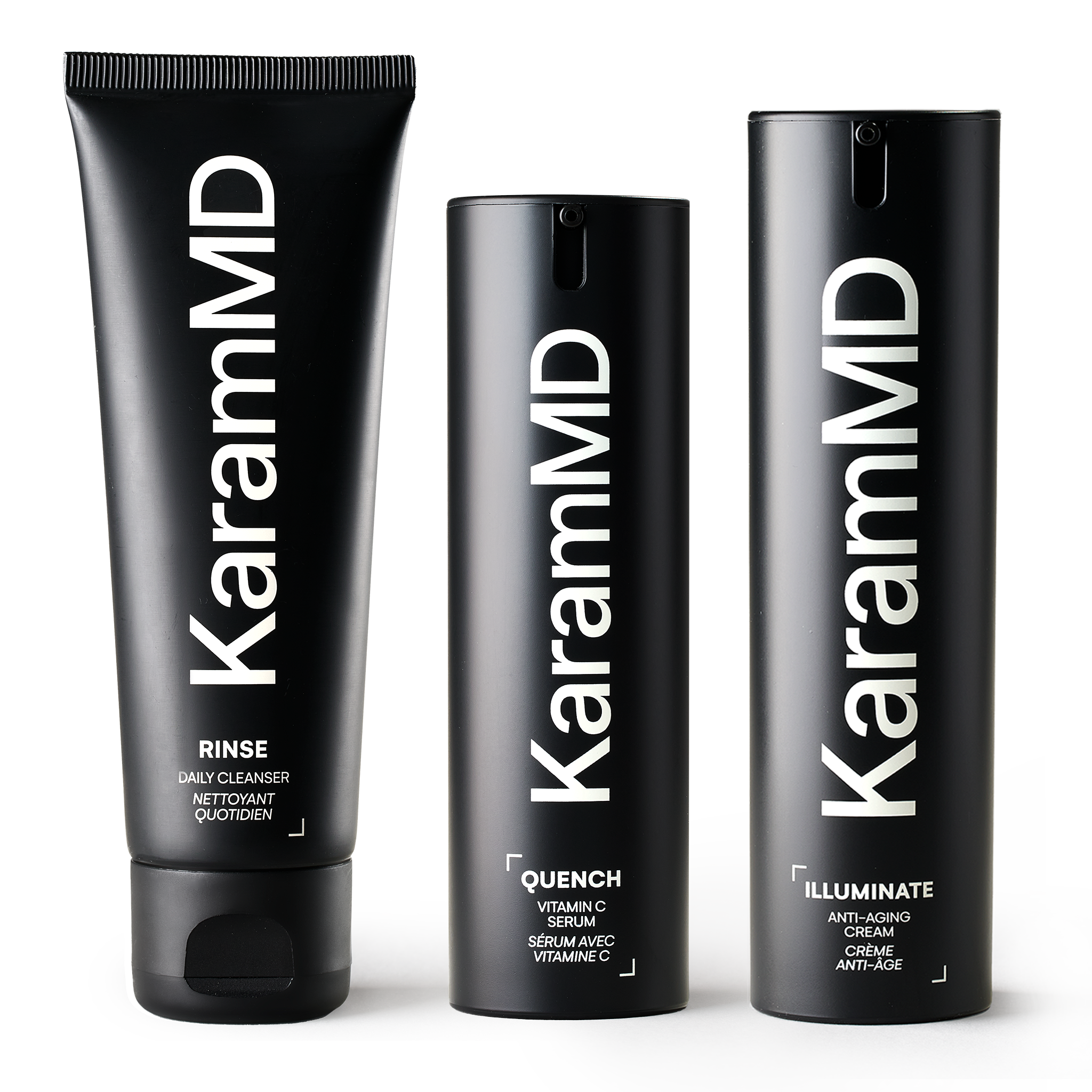
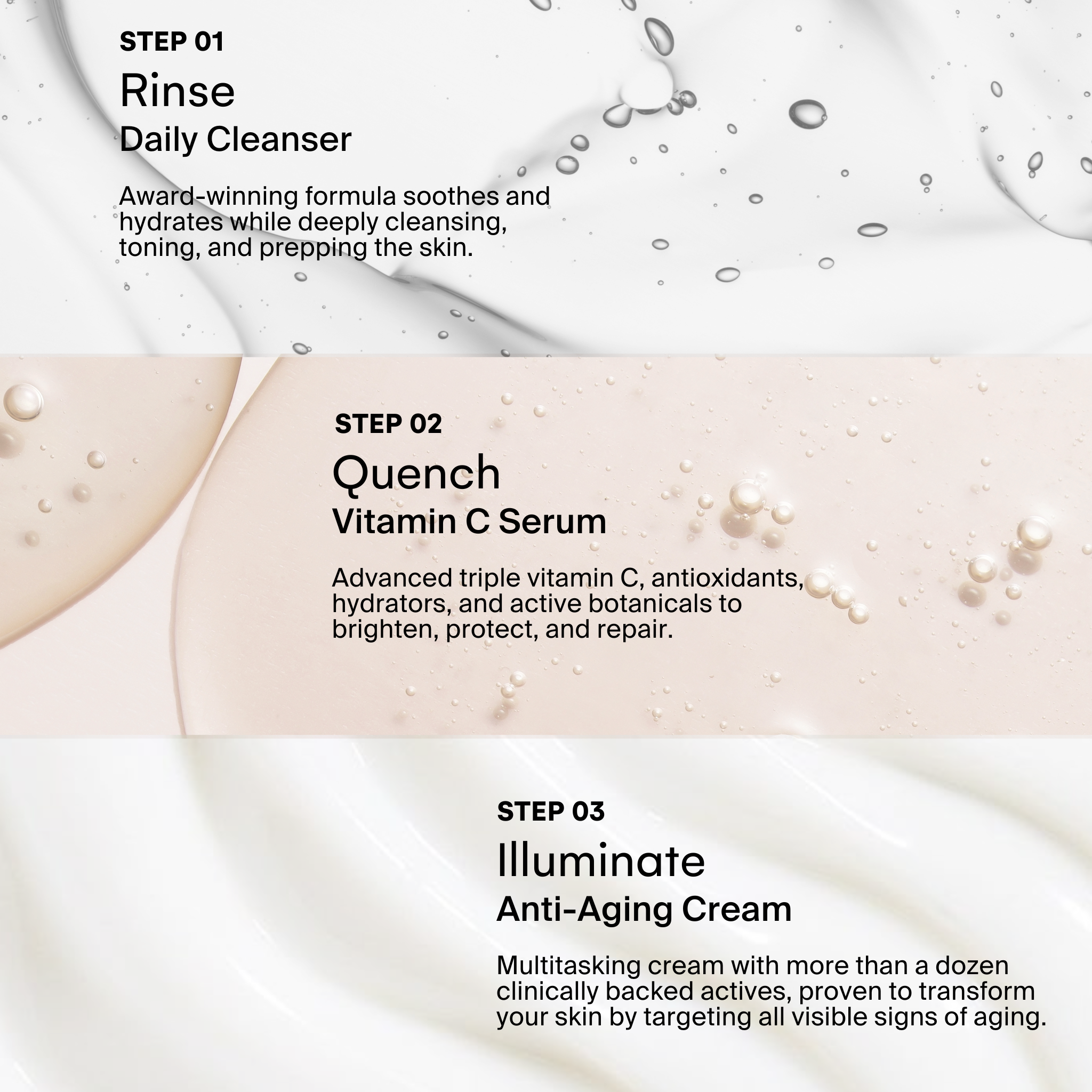
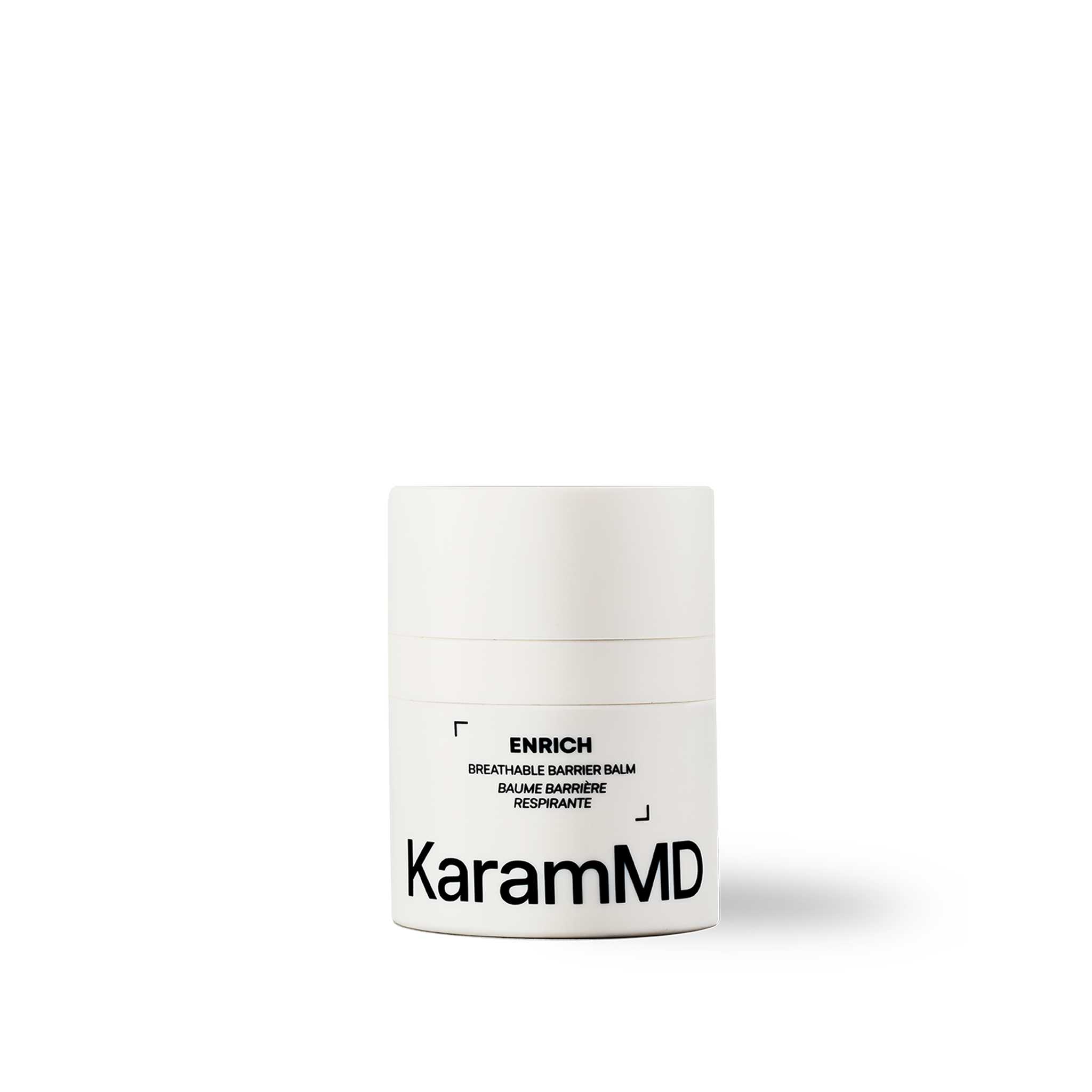
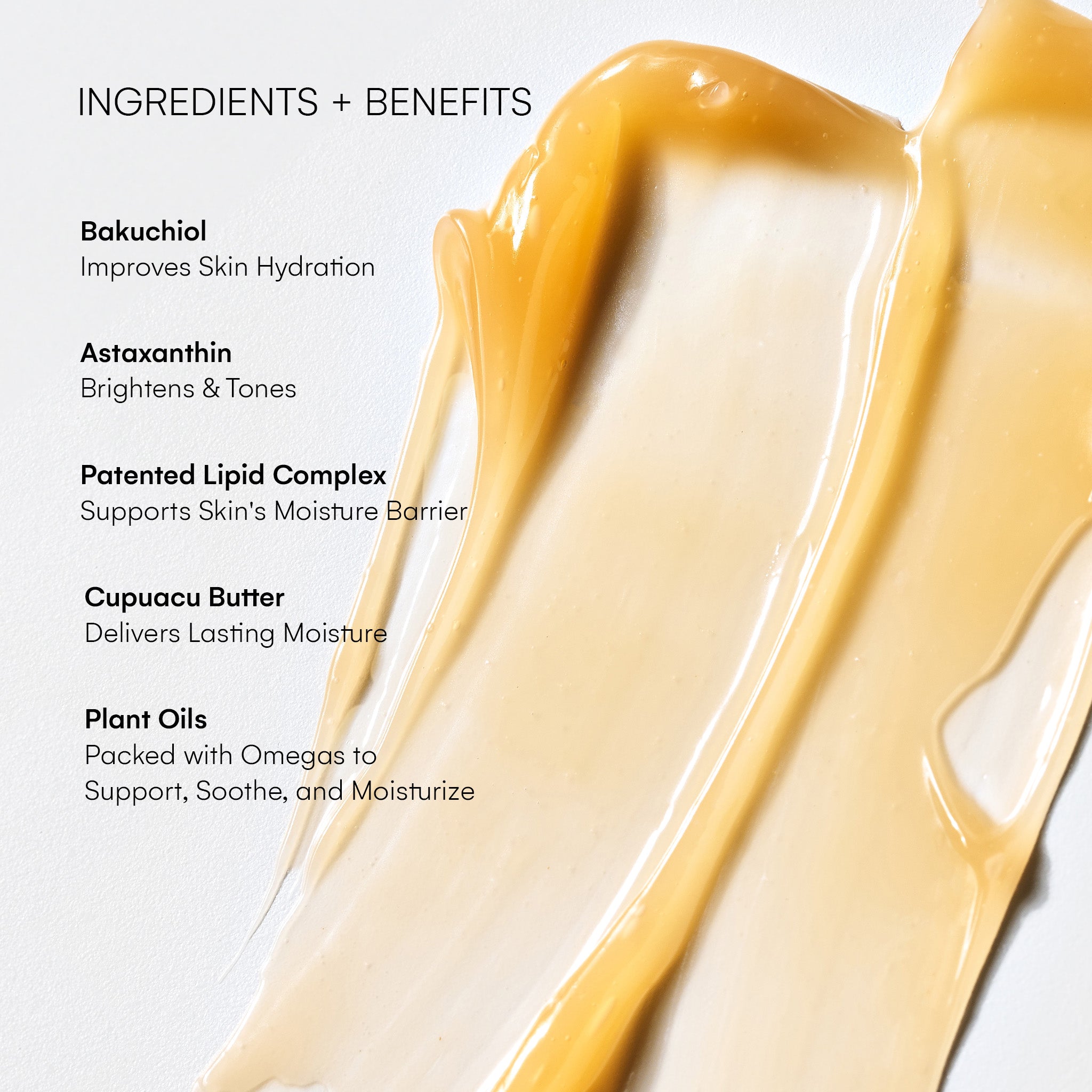
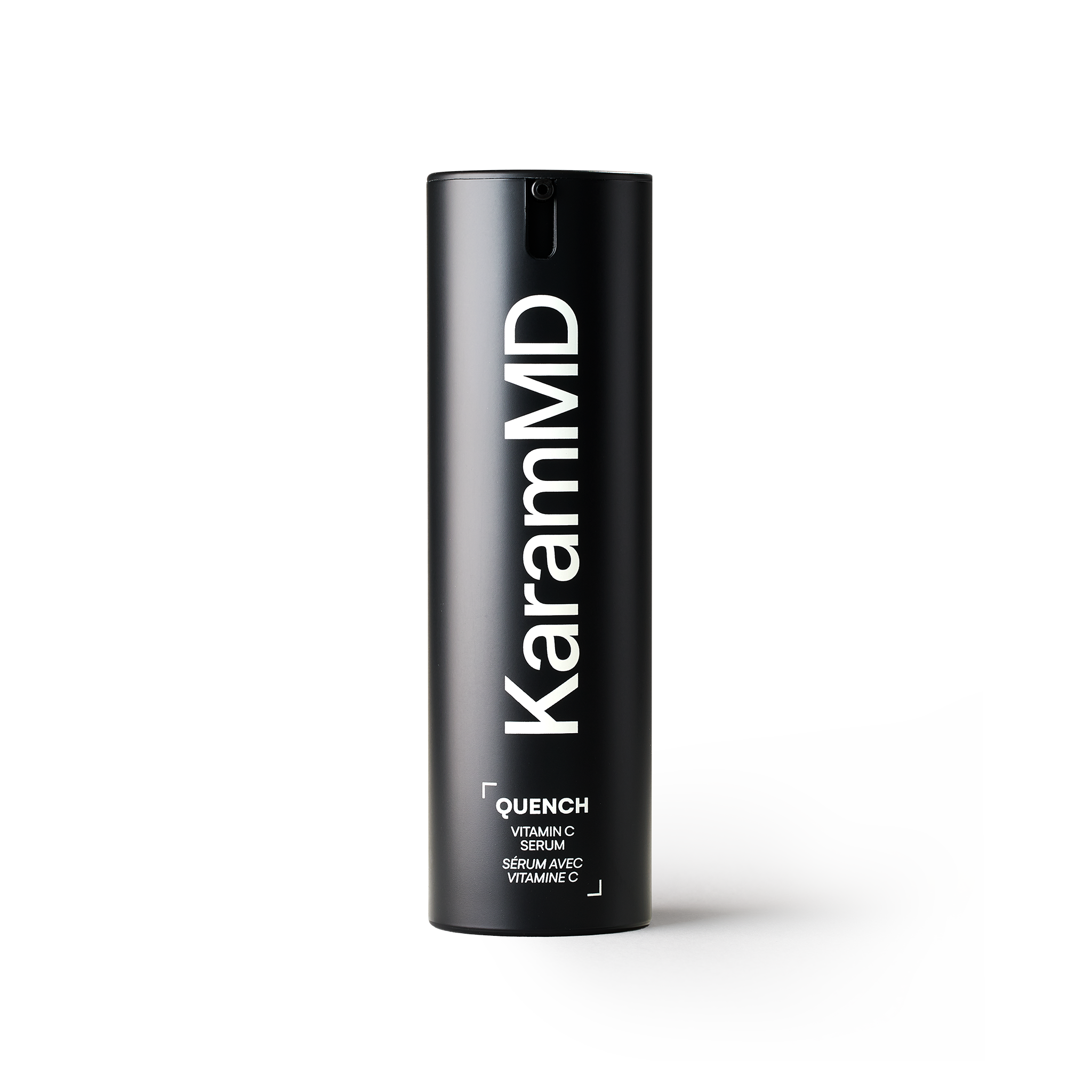
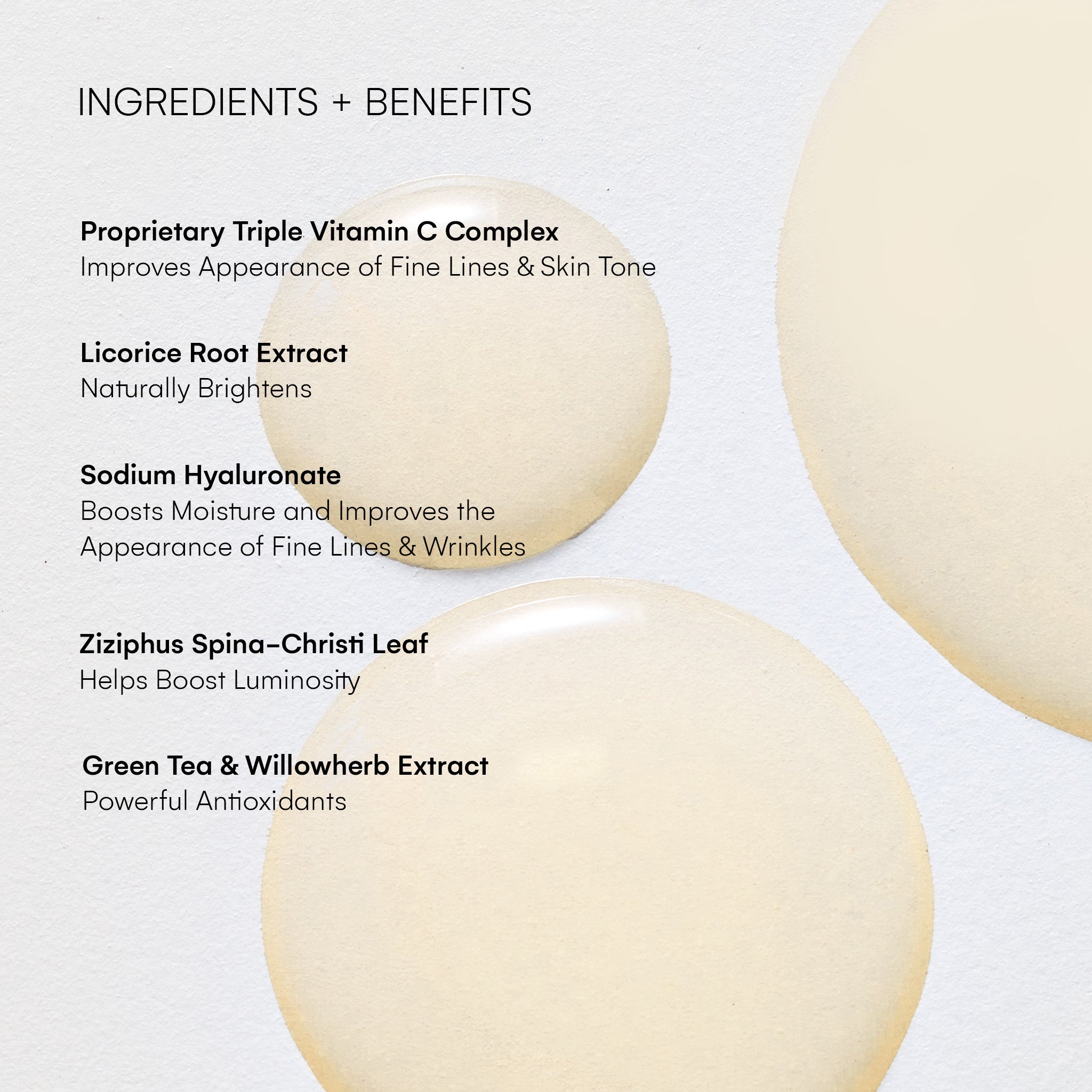
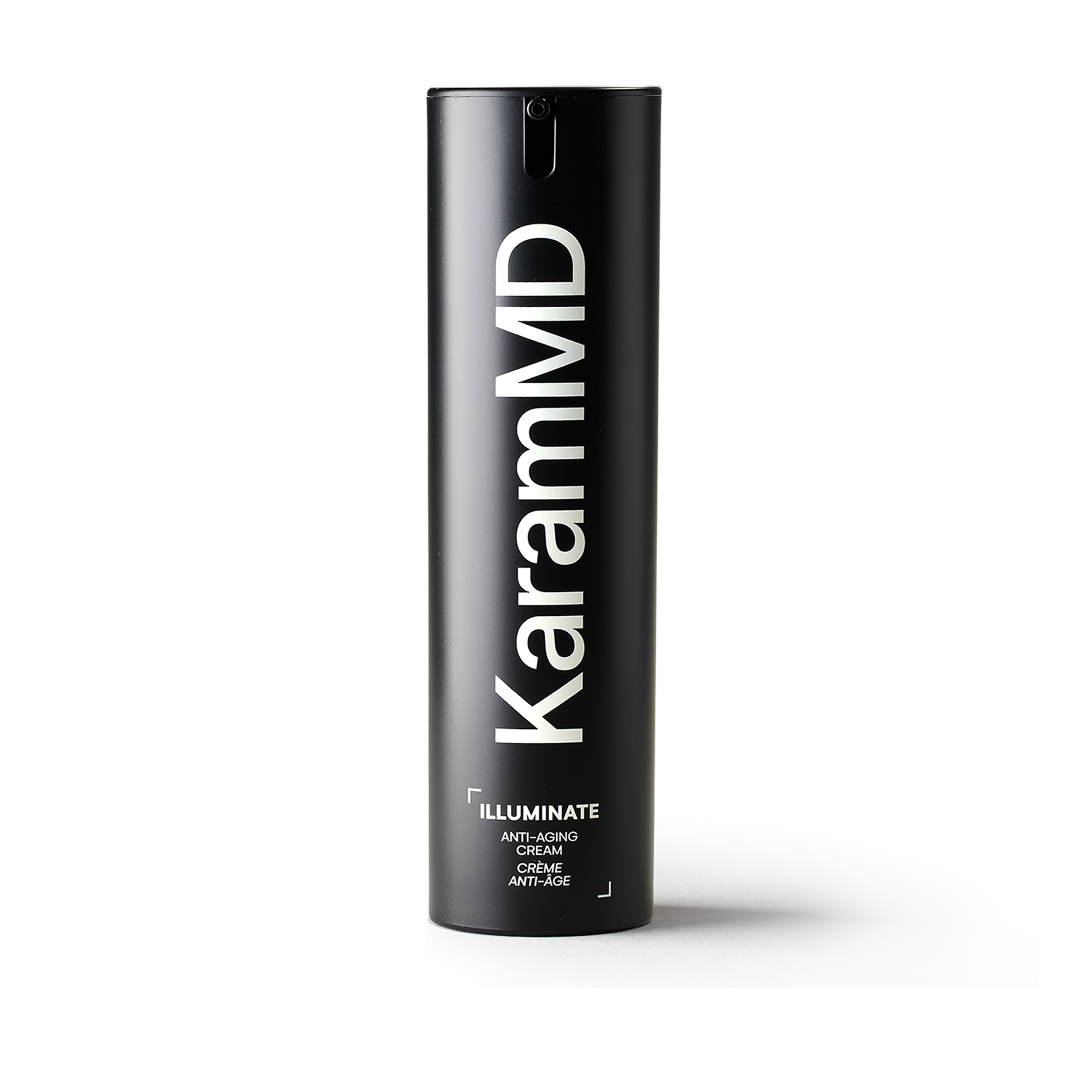
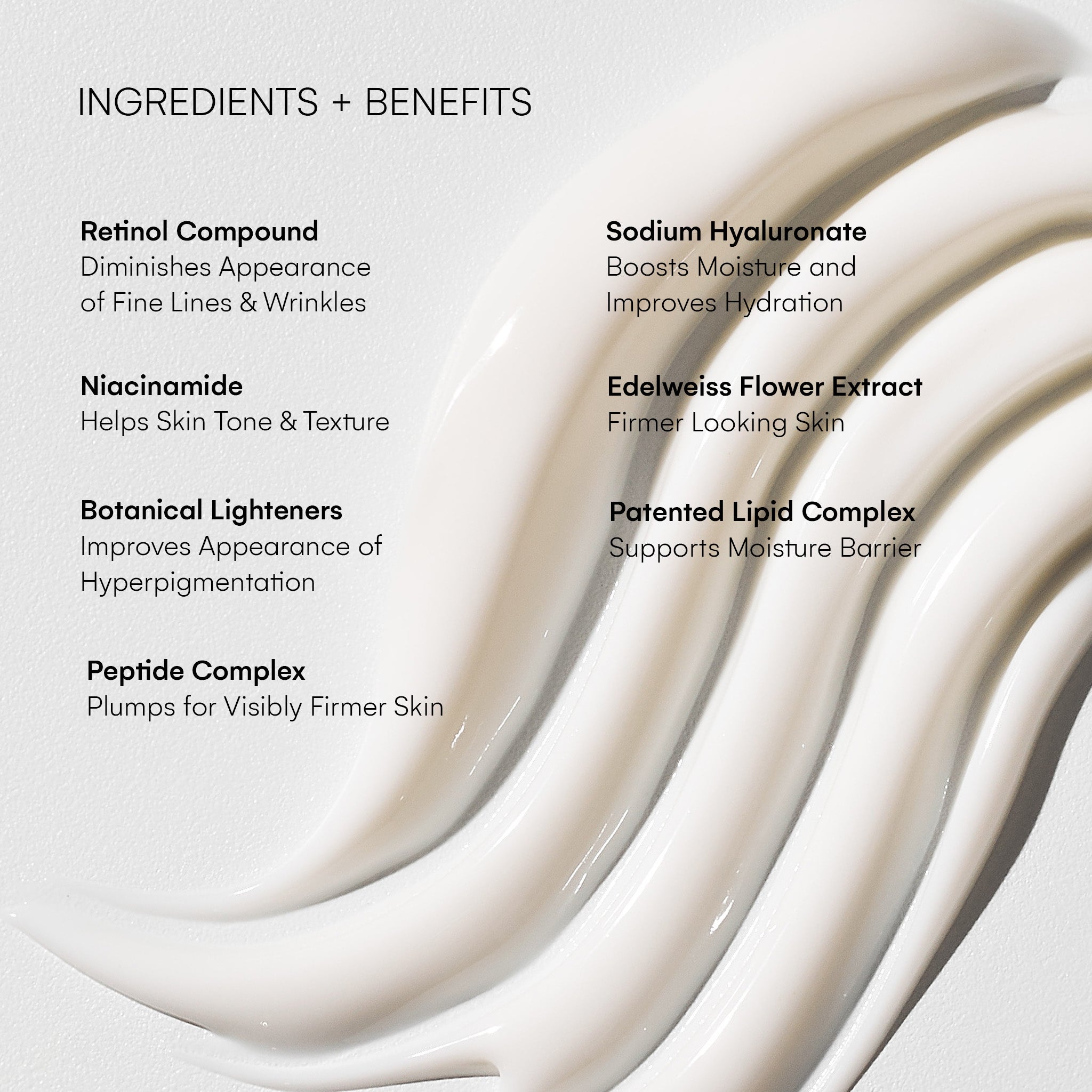
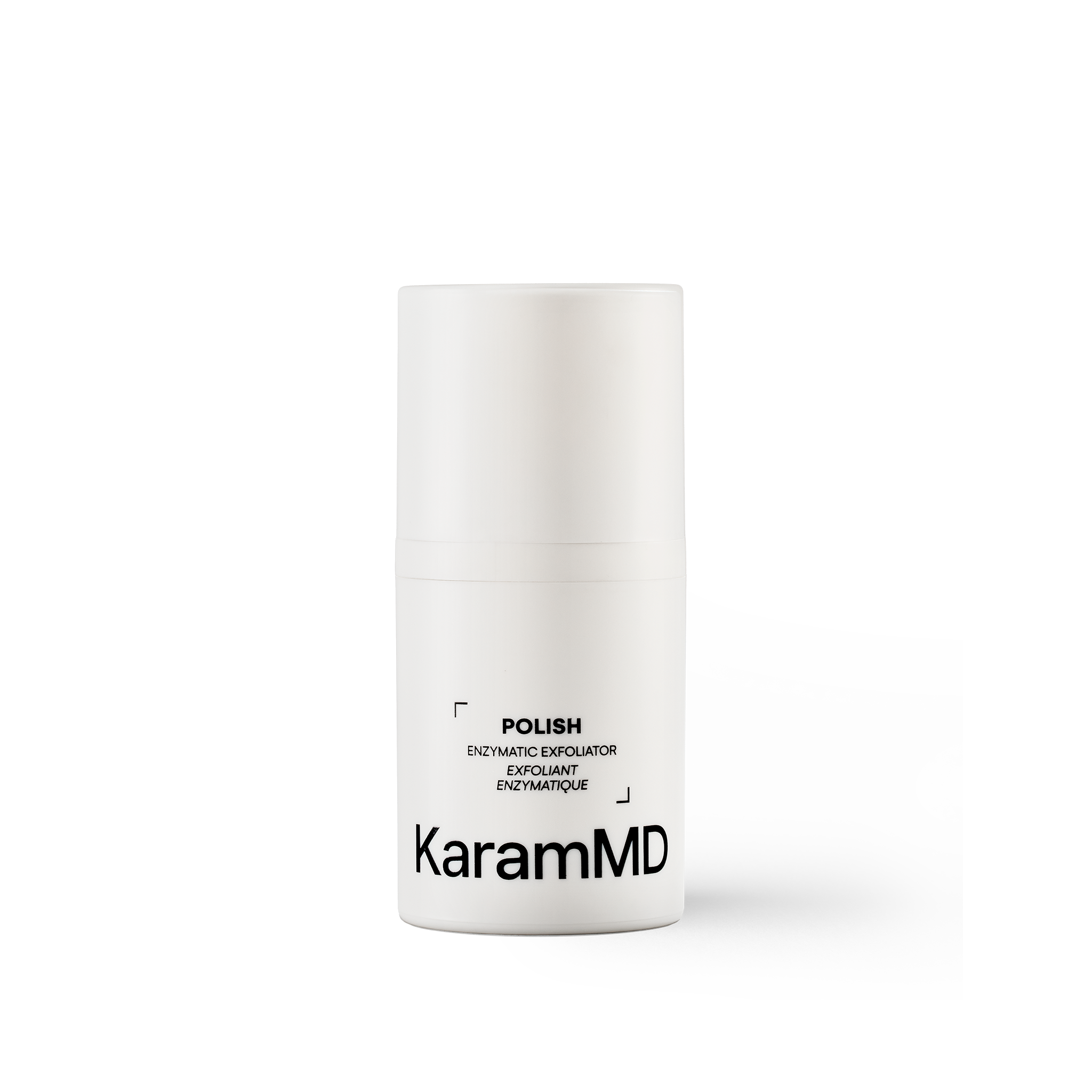
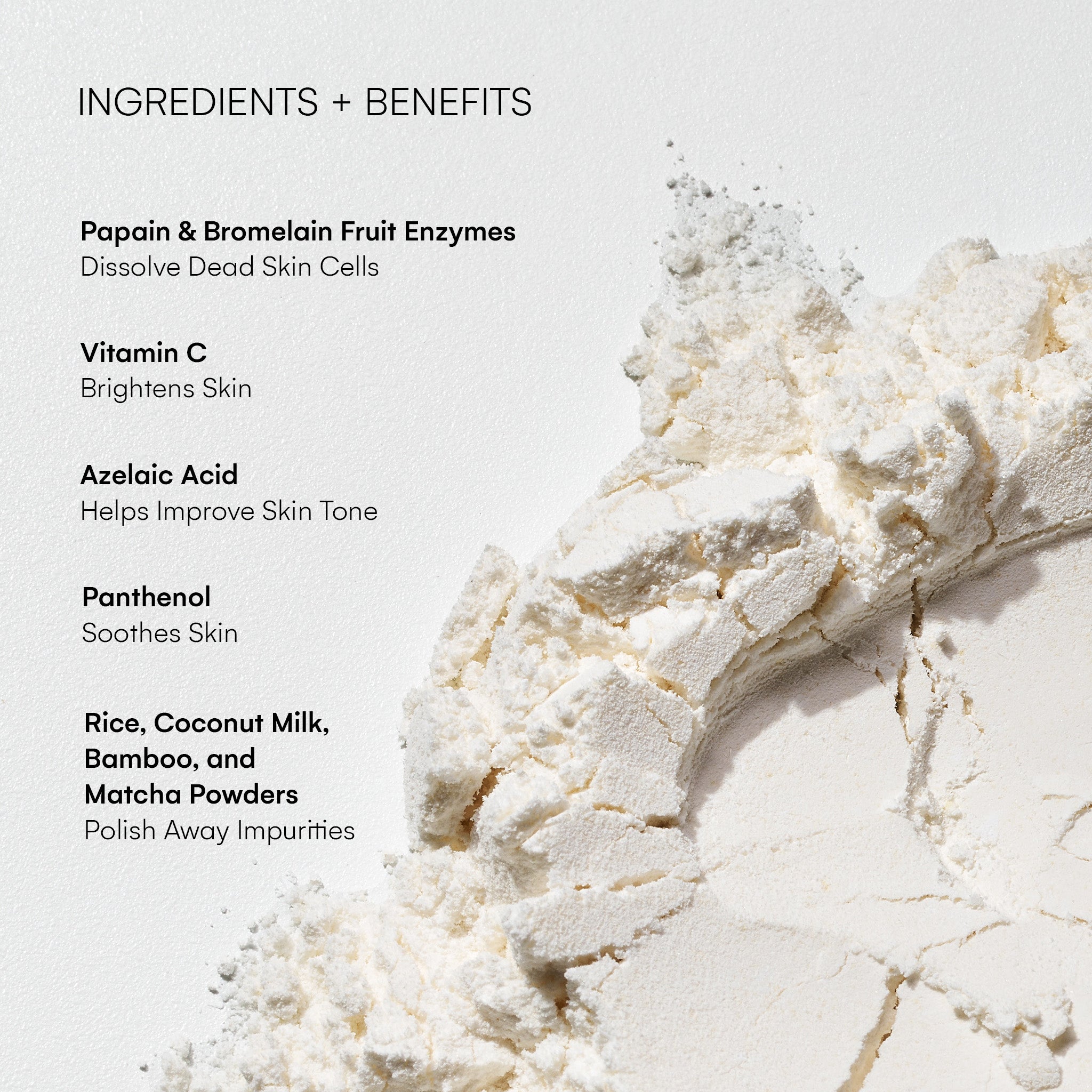
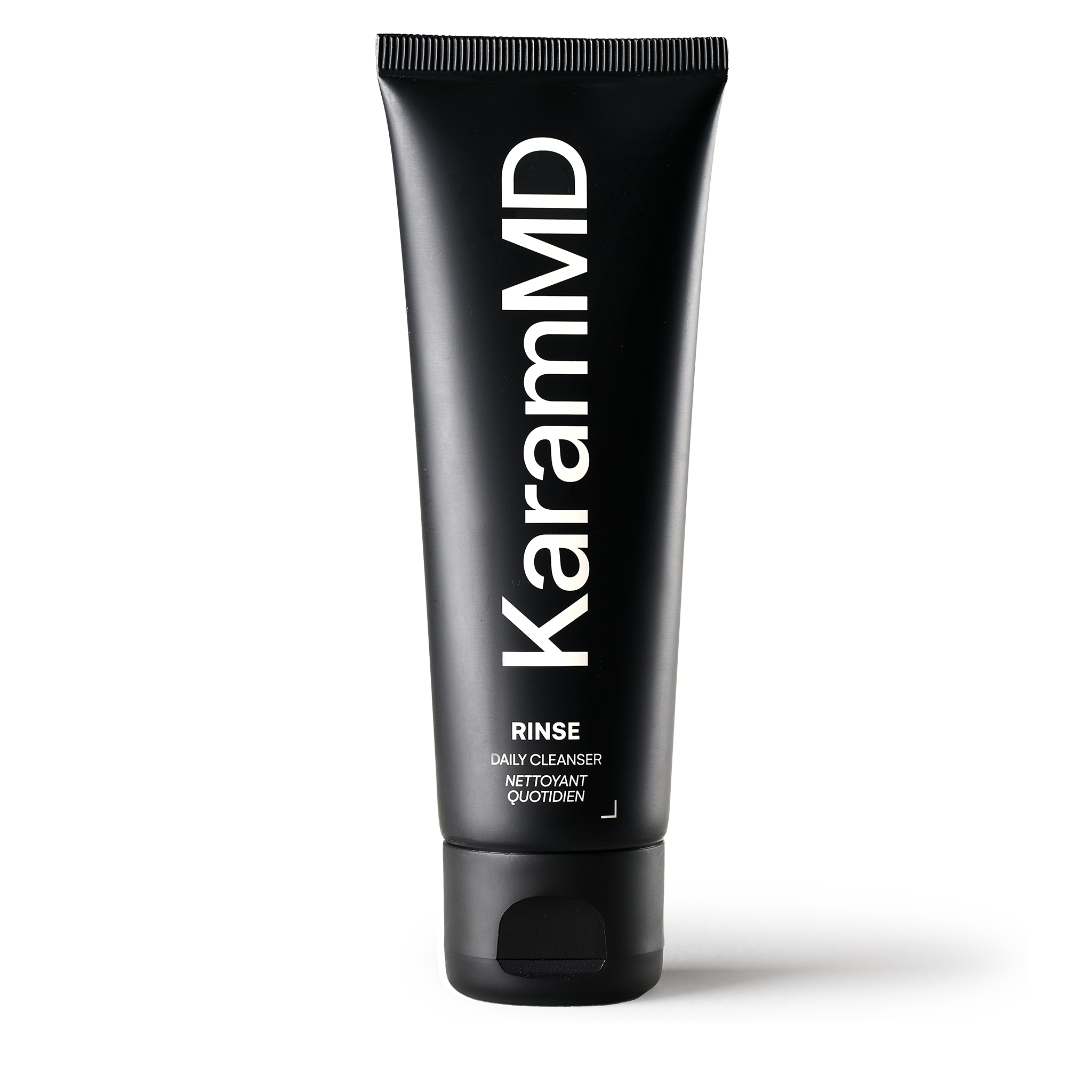
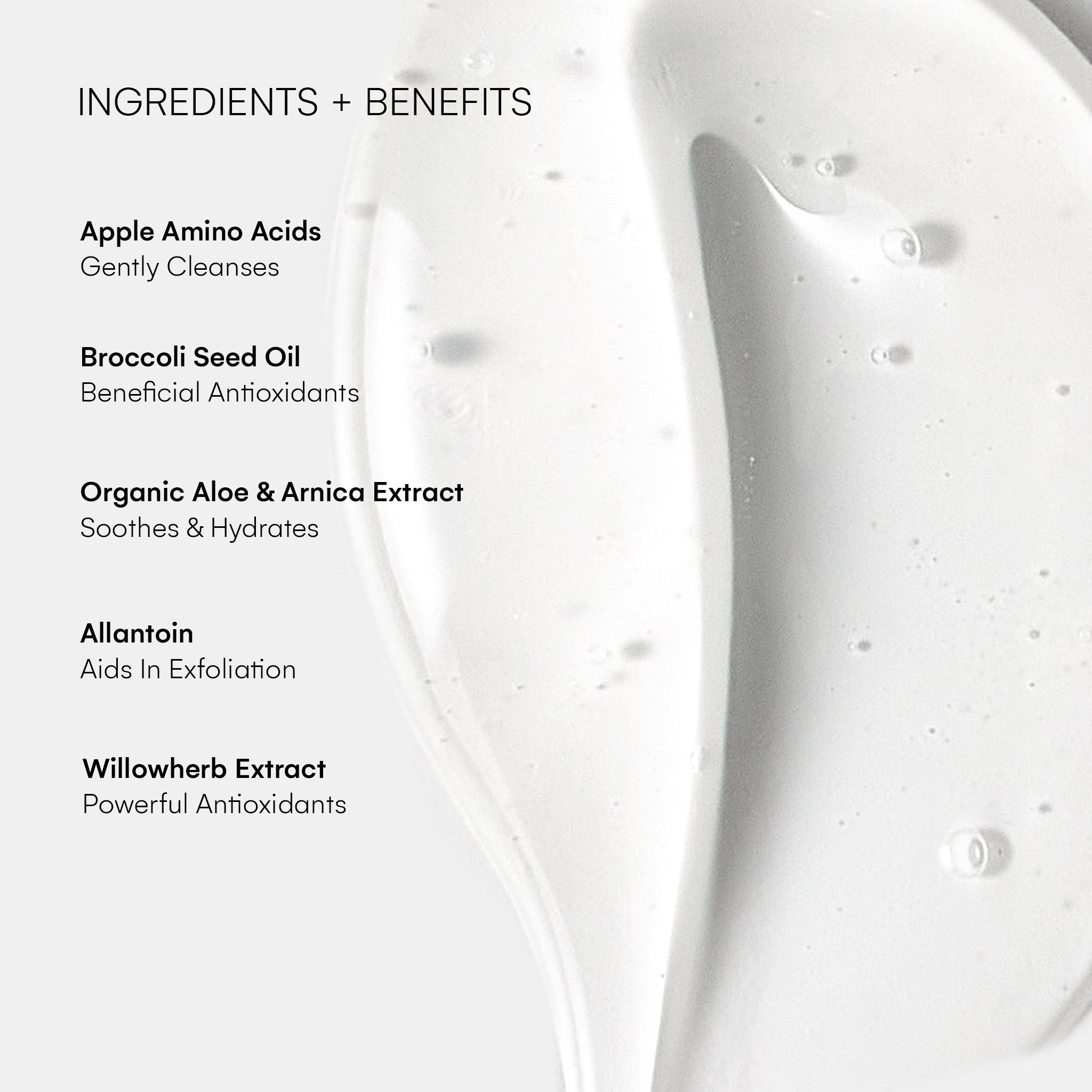
9 comments
Ambreen Adnan
Hi doctor
Does topical Tranexamic TXA has any role in treating melasma and what about mesotherapy with TXA for melasma.
Thanks
———
KaramMD Skin replied:
Hi Ambreen—Thanks for your comment! We deeply value your trust in our expertise. Each individual’s skincare needs and concerns are unique, and without a thorough evaluation by a qualified dermatologist or skincare practitioner, it would be inappropriate for us to provide personalized recommendations. Your doctor will be able to assess your specific needs, discuss treatment options, and provide personalized recommendations tailored to your skin type and concerns. Your safety and satisfaction are our top priorities, and we want to ensure that you receive the most appropriate and effective care for your skincare needs.
Jing
Hi – Does Dr Karam offer online consultation for melasma treatment? I used ZO for 4 months and I think I made it worst. I’m really feeling defeated at the moment. I am about to
but more ZO products but stopped and thought of trying Dr Karam’s products. And I also thought I’d try my luck contacting Dr Karam’a office and see if it’s possible to have consultation with him. Thank you.
———
KaramMD Skin replied:
Hi Jing—I’m sorry to hear about your struggle with melasma. That can definitely be frustrating to try something and take one step forward, but two steps back if you feel it made your skin worse. Unfortunately, Dr. Karam does not offer personal consultations about melasma treatment, however, we have the next best option! He wrote a very comprehensive article with advice for treating melasma, based on what he learned from successfully treating his wife, Neda (sun protection & Trifecta are a great place to start). If you search “melasma” in our website’s search bar, you should see an article "Understanding Melasma: How to Treat & Prevent This Skin Condition” which would be a useful guide with some proactive steps you can take. You can also check out his YouTube channel @dramirkaram to see some videos he has posted on the topic. Dr. Karam is passionate about sharing this information with people for free, so you don’t need a consultation—everything he would tell you in a consultation he has already shared online through his educational resources! I hope the article helps, and that you find more success in your future treatment.
ROSARIO EDWARDS
Can you use Hydroquinone together with the Trifecta?
Customer Support Team
Hi Patricia,
The most efficient way to get all the information for Dr. Karam’s procedures, you will need and request a virtual consultation by visiting the URL below:
https://www.drkaram.com/getting-started/
You can get pricing and downtime info and learn more about the procedures. If you decide to request a consult, you must submit the contact form and your photos and Dr. Karam’s surgical team will assess your candidacy and move forward from there.
Patricia
Love Dr. Karim’s approach to everything skin/surgery repair & natural improvements. Looking to retire in April 2024 & want to look as young as I feel! How do I get a consultation? Thank you
Leave a comment
All comments are moderated before being published.
This site is protected by hCaptcha and the hCaptcha Privacy Policy and Terms of Service apply.